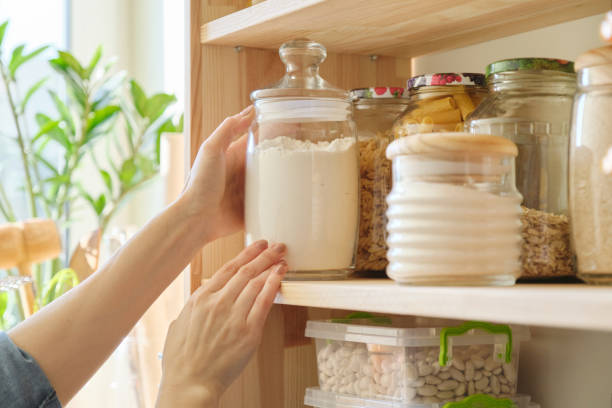Zero-waste cooking emphasises repurposing edible scraps into soups, stocks, and reducing waste.

It may not be an exaggeration to say that the worldwide lockdown has forced households to cook more than they ever have before.
With the closure of restaurants and fast-food chains, people are left mostly to fend for themselves and prepare up to three meals a day every day. With spontaneous trips to the grocery stores no longer feasible or advisable, that also means fridges may be full of wilting lettuce and milk gone bad.
There’s perhaps no better time to look into zero-waste cooking than now, a philosophy aimed at reducing food waste.
Not only does repurposing food scraps save you money — particularly pertinent given the state of the global economy — but it also helps the environment. Food waste that decomposes in landfills releases methane, a greenhouse gas that is 27 times more potent than carbon dioxide.
To start, San Francisco blogger Anne Marie Bonneau of zerowastechef.com suggests letting your pantry dictate your meal plan, rather than cooking a recipe at random.

Picture: iStock
“Rather than allowing our whims to choose what to eat for dinner, let our pantries do it. Instead of picking a new recipe to cook from scratch every night for dinner — who has time to do that? — look at what you have on hand and let that determine what you’ll cook,” reads a post on how to get started.
Other tips include taking inventory of your pantry goods and fridge and making a list before heading out to the grocery store to avoid over-buying and to create a simple meal plan.
Food52 also has a column dedicated to reducing food waste called “Cooking with Scraps” that features creative ways to repurpose hulled strawberry tops (wash and use to flavour water) and saving wilted lettuce to make a savoury lettuce jam.

Picture: iStock
Here are a few helpful reminders on how to reduce food waste at home
• Refrain from over-buying. Those two-for-one deals are only worth it if you’re actually able to use up both bags of salad before they go bad. Stick to a shopping list at the grocery store.
• Many fruits and vegetables give off natural gases as they ripen, making other produce spoil faster. Store bananas, apples and tomatoes by themselves. Store fruits and vegetables in different bins.
• Wait to wash berries until you eat them to prevent mould.
• Freeze, preserve or can extra fruits and vegetables before they go bad.

Picture: iStock
• Salvage wilted, sad produce into soups, casseroles, stir fry, sauces, smoothies or baked goods.
• Reduce portion sizes. You can always go back for more.
• Learn the differences between expiry dates: “Best before” indicates the date until which the product will be at its optimum but does not indicate food safety.
• “Sell-by” date is an indicator for the store on how long to display the product on store shelves.
• “Use-by” date is the last date recommended for product use.
For more news your way, download The Citizen’s app for iOS and Android.






